Hormones, acting as the body's messengers, influence everything from mood and metabolism to sleep. The thyroid gland, though small, plays a crucial role in this system. When it's not functioning optimally, it can lead to fatigue, weight gain, anxiety, and menstrual irregularities. The good news is that incorporating specific yoga poses into your routine can support your thyroid and help restore balance to your hormonal system.
These poses, when practiced gently and consistently, can make a significant difference. Forget intense workouts; these are about mindful movement and relaxation.
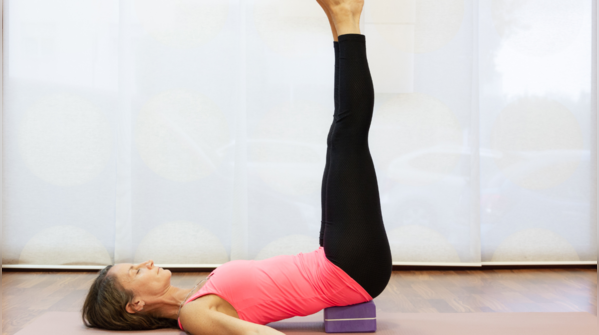
This pose is known for calming the nervous system and balancing hormone levels. While it doesn't directly target the thyroid, it helps to soothe the adrenal glands, which produce the stress hormone cortisol. Elevated cortisol levels over prolonged periods disrupt hormonal balance, impacting the thyroid.
Viparita Karani is remarkably simple: lying down with your legs elevated against a wall. This eases tired legs, slows your breath, and gently guides your body into a relaxed state. A relaxed body contributes to healthier hormones.
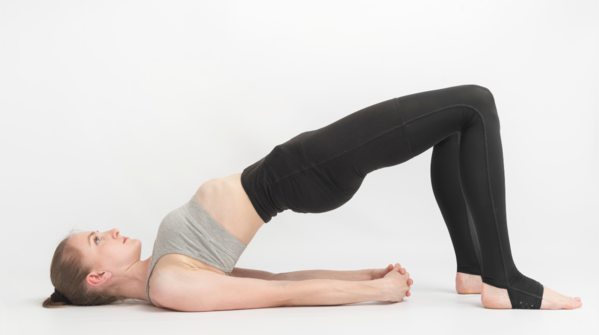
Bridge Pose activates the thyroid gland by applying gentle pressure to the neck. Beyond stretching the spine, the slight compression in the throat area may stimulate thyroid function. This pose is particularly beneficial for those with hypothyroidism (underactive thyroid).
Practicing this pose slowly, with focused breathing, also supports the chest and heart, promoting emotional and physical well-being. It offers a moment of connection and pause during the day.
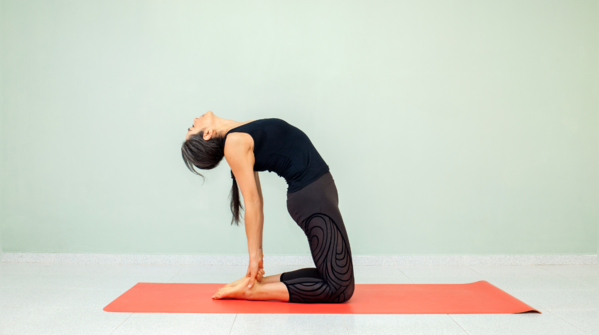
Camel Pose boosts thyroid activity by stretching the neck and increasing circulation. This gentle backbend opens the front of the body, providing a deep stretch to the neck and throat area. The increased blood flow can nourish the thyroid gland.
Furthermore, Camel Pose impacts the emotional body. Opening the chest helps release pent-up emotions, and emotional balance plays a vital role in hormonal health, a factor that's often overlooked.
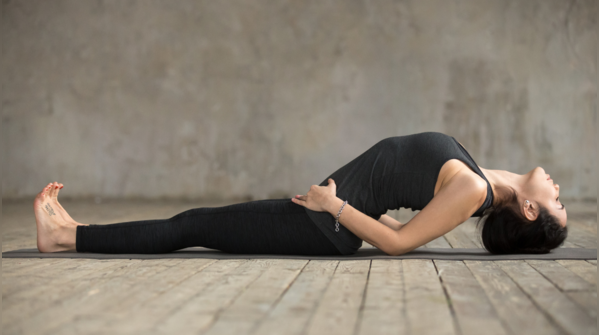
Ancient texts refer to Fish Pose as the "destroyer of all diseases," suggesting its profound influence on thyroid function. This pose directly stretches the throat, stimulating both the thyroid and parathyroid glands. Beyond the physical stretch, it improves posture, particularly for those who spend long hours hunched over screens.
Maintaining good posture is crucial. When the neck and spine are properly aligned, nerve signals can travel more efficiently, allowing hormonal signals to function with less resistance.
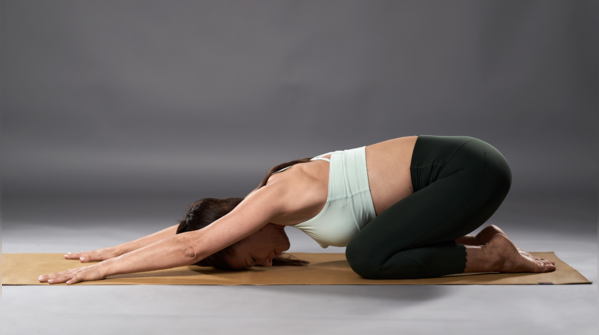
Child's Pose aids the pituitary gland, the master regulator of all hormones, in relaxing and resetting. Though it appears to be a resting pose, it possesses a quiet power. It gently massages the internal organs, soothes the brain, and allows the body to enter a healing state.
Since hormone balance relies on effective communication between the brain and glands like the thyroid, any pose that calms the brain, such as Child's Pose, contributes to restoring inner rhythm.
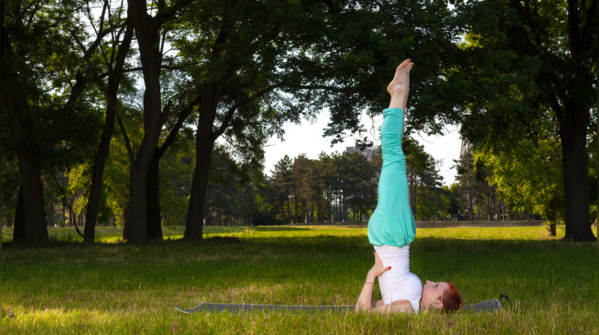
Known as the "Queen of Asanas," Shoulder Stand is believed to directly impact the thyroid gland. Sarvangasana increases blood flow to the neck and stimulates the thyroid. However, it's crucial to attempt this pose only under proper guidance, particularly for individuals with high blood pressure or neck problems.
This pose is unique in its ability to reverse gravity’s effects on the body. Fresh blood rushes to the neck and head, nourishing the glands, especially the thyroid. Beyond the physical benefits, this inversion is thought to promote mental clarity and inner calm.
Newer articles
Older articles
 Esha Gupta Sets Record Straight: Actress Addresses Hardik Pandya Dating Rumors
Esha Gupta Sets Record Straight: Actress Addresses Hardik Pandya Dating Rumors
 Google Maps to Boost Navigation Accuracy with Fused Orientation Provider API
Google Maps to Boost Navigation Accuracy with Fused Orientation Provider API
 Global Vaccination Rates Plunge: Millions of Children Now Vulnerable to Preventable Diseases
Global Vaccination Rates Plunge: Millions of Children Now Vulnerable to Preventable Diseases
 Rishabh Pant: Greg Chappell Hails India Star as Cricket Revolutionary
Rishabh Pant: Greg Chappell Hails India Star as Cricket Revolutionary
 Skin Cancer Alert: How to Identify Suspicious Moles and Early Warning Signs
Skin Cancer Alert: How to Identify Suspicious Moles and Early Warning Signs
 Gavaskar Calls for Kuldeep Yadav's Inclusion in Second Test Amid Bumrah Fitness Concerns
Gavaskar Calls for Kuldeep Yadav's Inclusion in Second Test Amid Bumrah Fitness Concerns
 Is Daily Pooping a Must? Understanding Bowel Regularity and When to Worry
Is Daily Pooping a Must? Understanding Bowel Regularity and When to Worry
 Suryakumar Yadav's Sports Hernia: Understanding the Injury, Recovery, and Risk Factors for Athletes
Suryakumar Yadav's Sports Hernia: Understanding the Injury, Recovery, and Risk Factors for Athletes
 Vijay Sethupathi Apologizes Amid Controversy Over Son Surya's Debut Film 'Phoenix' and Alleged Video Removal Pressure
Vijay Sethupathi Apologizes Amid Controversy Over Son Surya's Debut Film 'Phoenix' and Alleged Video Removal Pressure
 Install Baccarat Hack Tool: The Secret to Winning
Install Baccarat Hack Tool: The Secret to Winning